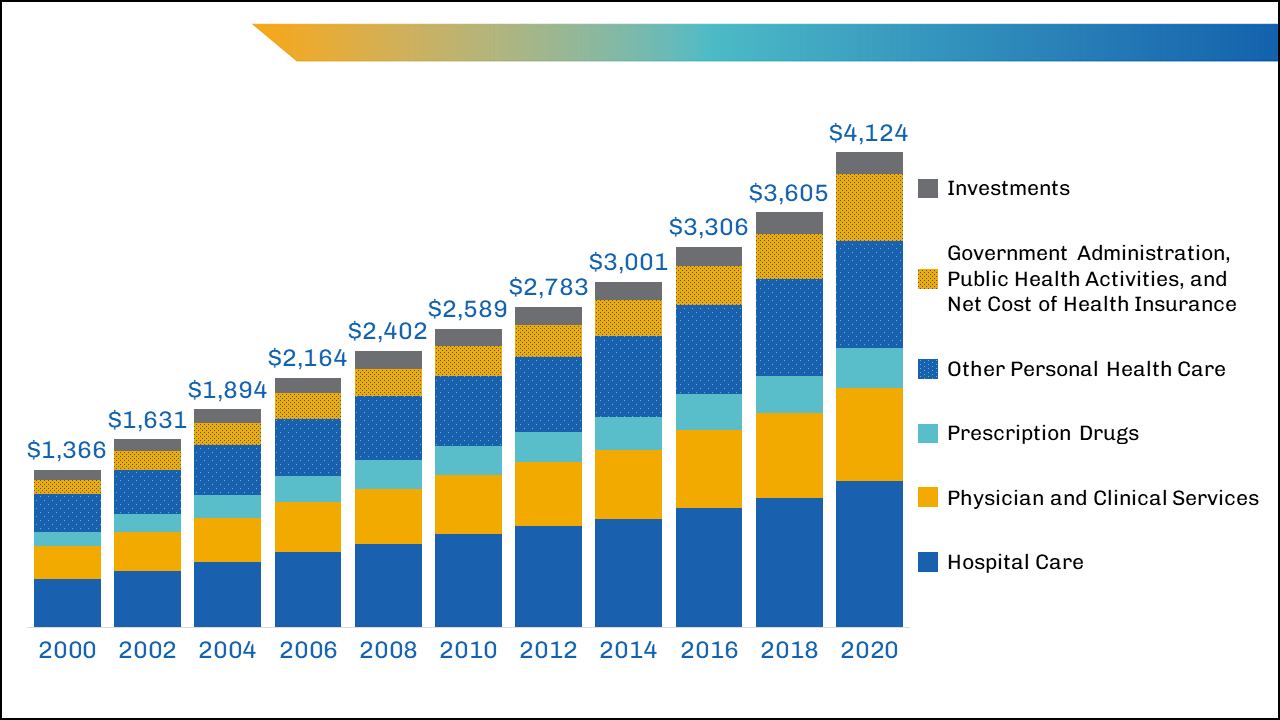Healthcare RCM Services for Efficient Income Cycle Administration
Healthcare RCM Services for Efficient Income Cycle Administration
Blog Article
A Comprehensive Overview on How Healthcare RCM Works to Streamline Payment and Collections
Browsing the intricacies of healthcare profits cycle monitoring (RCM) is important for carriers aiming to boost their billing and collections processes. The overview unloads the intricacies of RCM, from person registration to accounts receivable monitoring, offering insights into enhancing each action.
Recognizing Profits Cycle Monitoring
RCM is an important administrative feature that incorporates the entire financial process of person treatment, from the initial appointment establishing to the final settlement of the equilibrium. It is a complex treatment developed to identify, accumulate, and handle the revenue from the solutions supplied to clients.
The RCM procedure starts when an individual schedules a consultation and prolongs through the person's care trip, including invoicing and collections. A key purpose is to reduce the time in between obtaining and supplying a service payment, hence enhancing the company's financial wellness. RCM involves different features such as individual registration, insurance policy verification, cost capture, coding, asserts entry, settlement publishing, and handling allures and denials.
Secret Components of RCM
In the realm of Revenue Cycle Monitoring (RCM), understanding its crucial elements is basic to achieving monetary efficiency within medical care companies. RCM is an extensive procedure that includes various stages, each essential to making sure reliable payment and collections. The primary components include person enrollment, insurance verification, charge capture, coding, insurance claim entry, settlement uploading, and accounts receivable administration.


When coded, cases are submitted to payers, where precision is paramount to prevent beings rejected or hold-ups - Healthcare RCM. Settlement uploading entails recording the gotten payments, which enables the reconciliation of accounts. Lastly, accounts receivable administration concentrates on monitoring and attending to overdue cases, making certain timely follow-up and resolution
Each element of RCM is interconnected, and ineffectiveness in any part can interrupt the entire cycle. For that reason, mastering these aspects is crucial for doctor to optimize revenue and boost their economic wellness.
Methods for Reliable Invoicing

Systematizing invoicing procedures throughout the company is one more essential strategy. Developing clear standards for documents, coding, and entry assists keep consistency and compliance with governing requirements. Educating team frequently on these procedures makes certain every person is updated with the most current modifications in invoicing codes and payer policies.
Precise charge capture is essential in avoiding revenue leak. Executing normal audits and surveillance systems permits the recognition and modification of discrepancies prior to they impact revenue. In addition, keeping open lines of communication with payers aids to rapidly deal with any kind of conflicts or misunderstandings that might arise.

Finally, interesting patients early in the payment procedure by offering clear quotes and instructional products about their economic duties can dramatically decrease confusion and boost repayment timeliness. These techniques jointly contribute to an extra efficient and financially healthy and balanced payment system.
Enhancing Collections Procedures
Provided the complexities of clinical payment and the range of payer requirements, enhancing the collections procedure entails carrying out critical steps that make certain timely and accurate settlement of solutions made. Automation tools can aid in tracking case statuses, sending out timely pointers to clients, and handling denials a lot more effectively.
Clear and clear client interactions are vital. Supplying thorough explanations of costs and providing flexible payment plans can boost patient contentment and prompt settlements.
Routine audits of the collections procedure should be performed to recognize locations for improvement and make sure compliance with regulations. By examining data, medical care companies can identify patterns, anticipate possible issues, and adapt strategies as necessary (Healthcare RCM). Ultimately, a well-enhanced collections procedure not only sustains financial health however additionally adds to an extra smooth experience you could try here for people and personnel alike
Optimizing Earnings Streams
Building upon the structure of a solid collections process, health care companies can additionally bolster their monetary security by purposefully enhancing earnings streams. This involves a multi-faceted technique, starting with an extensive analysis of existing income resources to that site recognize ineffectiveness and areas for growth. Utilizing innovative data analytics devices enables organizations to get understandings right into payer mix, client demographics, and solution use patterns, permitting for data-driven decisions that enhance income capture.
Carrying out automated invoicing systems can dramatically reduce errors and quicken insurance claims refining, ensuring that income is collected much more efficiently. Additionally, enhancing payer contracts through routine settlements can improve reimbursement prices and terms, directly affecting the bottom line. Diversifying solution offerings, such as incorporating telehealth or health programs, can additionally bring in a more comprehensive client base, therefore boosting income potential.
One more essential part is enhancing person involvement and satisfaction, as satisfied people are more probable to follow treatment strategies and make timely repayments. Providing versatile payment options and transparent billing techniques can enhance collections and foster client loyalty. Healthcare RCM. By embracing these methods, healthcare companies can produce an extra resistant economic structure, ensuring sustained growth and security in an ever-changing market landscape
Verdict
To conclude, healthcare Profits Cycle Management (RCM) plays a vital role in maximizing invoicing and collections processes by integrating key elements such as individual enrollment, insurance coverage confirmation, charge capture, coding, declares entry, and balance due monitoring. By using innovative innovation, systematizing procedures, and fostering person engagement, doctor can significantly minimize claim denials, speed up settlement cycles, and boost capital. This comprehensive method to RCM eventually causes improved monetary performance and sustainability for healthcare organizations.
The RCM procedure begins when a client routines a visit and expands through the client's care journey, including invoicing and collections.An additional crucial element is enhancing person interaction website link and satisfaction, as satisfied patients are a lot more most likely to stick to therapy plans and make prompt settlements. Supplying adaptable settlement options and clear payment techniques can boost collections and foster individual commitment.In verdict, medical care Earnings Cycle Monitoring (RCM) plays an important function in enhancing invoicing and collections processes by incorporating essential components such as client enrollment, insurance verification, cost capture, coding, asserts entry, and accounts receivable monitoring. By utilizing sophisticated technology, systematizing treatments, and cultivating individual engagement, health care suppliers can dramatically lower insurance claim denials, accelerate settlement cycles, and improve cash circulation.
Report this page